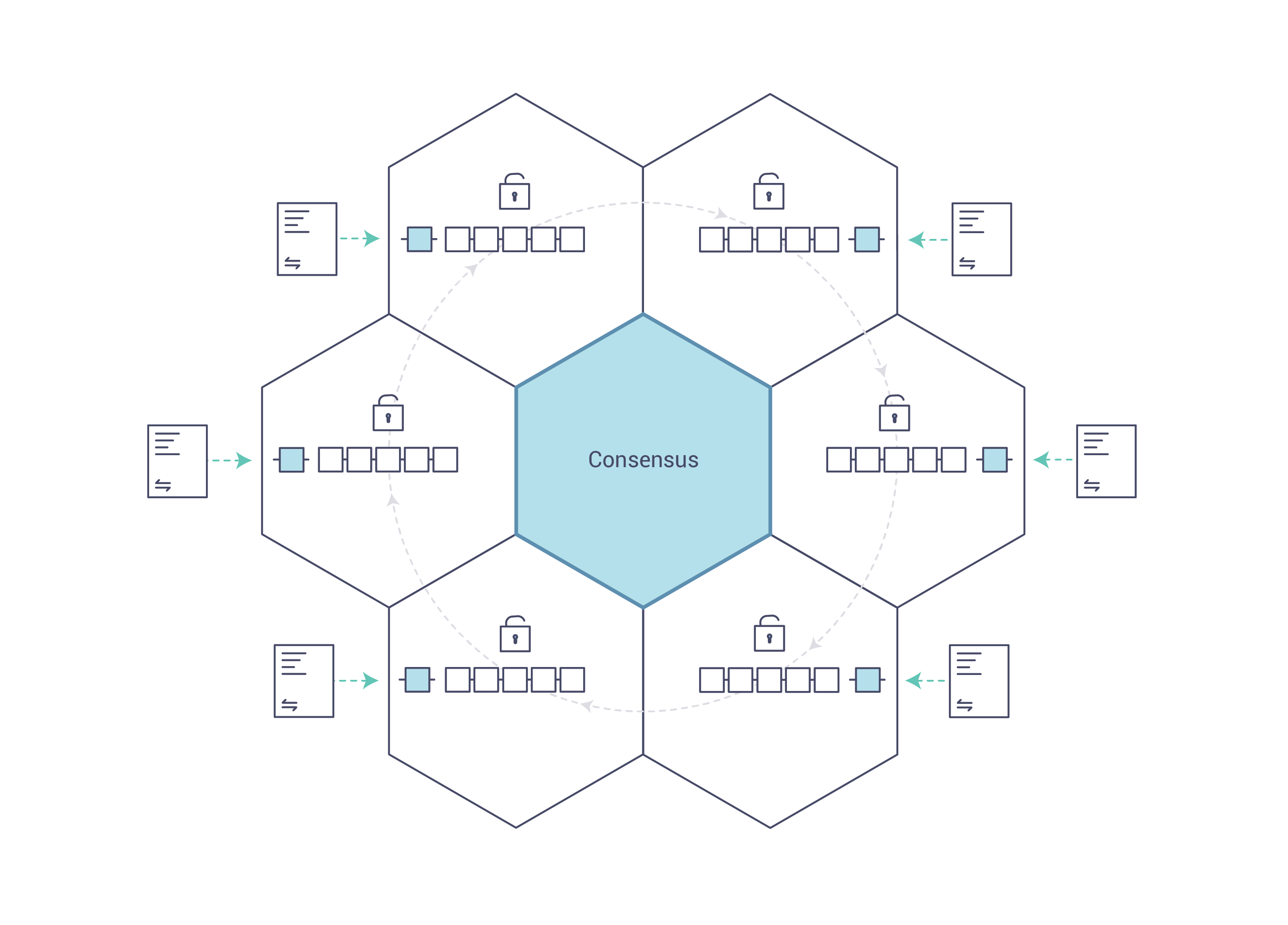Welcome to the exciting world of blockchain development! In this tutorial, we are going to dive into the Hyperledger Fabric Go SDK and walk through the process of building a simple blockchain application.
This tutorial uses Hyperledger Fabric version 1.1.0 and is designed for those who are new to the technology. Although we will cover the basics in the first part, a more advanced application will be explored later on.
1. Prerequisites
Before we dive in, it’s important to note that this tutorial won’t explain in detail how Hyperledger Fabric works. For a full understanding, you can check out the official documentation.
- Operating System: This tutorial was made on Ubuntu 16.04, but Hyperledger Fabric is compatible with several OSs, including Mac OS X and Windows.
- Programming Language: We will use Go to build our application since both Hyperledger Fabric and its SDK are written in Go.
- Docker: Required for network deployment.
2. Introduction to Hyperledger Fabric
Hyperledger Fabric is a platform for distributed ledger solutions characterized by its modular architecture, delivering confidentiality, resiliency, flexibility, and scalability. To get an overview, you can read more in the official documentation.

3. Installation Guide
Let’s get started with installing the necessary components. This section is geared towards Ubuntu users, but I’ve included resources for other operating systems too.
a. Docker
Ensure your Docker version is 17.03.0-ce or greater. Follow these commands:
sudo apt install apt-transport-https ca-certificates curl software-properties-common
curl -fsSL https://download.docker.com/linux/ubuntu/gpg | sudo apt-key add -
sudo add-apt-repository "deb [arch=amd64] https://download.docker.com/linux/ubuntu $(lsb_release -cs) stable"
sudo apt update
sudo apt install -y docker-ce
sudo groupadd docker; sudo gpasswd -a $USER docker; sudo service docker restart
Log out and log back in, then check your Docker version using docker -v.
b. Docker Compose
Docker-compose version 1.8 or greater is required. To install it on Linux, use:
sudo curl -L https://github.com/docker/compose/releases/download/1.21.2/docker-compose-$(uname -s)-$(uname -m) -o /usr/local/bin/docker-compose
sudo chmod +x /usr/local/bin/docker-compose
Check its version with docker-compose version.
c. Go
Ensure Go version 1.9.x or greater is installed. You can use these commands:
wget https://storage.googleapis.com/golang/go1.9.2.linux-amd64.tar.gz
sudo tar -C /usr/local -xzf go1.9.2.linux-amd64.tar.gz
rm go1.9.2.linux-amd64.tar.gz
echo 'export PATH=$PATH:/usr/local/go/bin' >> ~/.profile
source ~/.profile
go version
If you’re on Windows or MacOS, refer to Go’s official installation guide.
4. Make Your First Blockchain Network
We’ll create a directory for our project and retrieve the configuration files needed. Here’s how:
mkdir -p $GOPATH/src/github.com/chainHero/heroes-service
cd $GOPATH/src/github.com/chainHero/heroes-service
svn checkout https://github.com/chainHero/heroes-service/branches/v1.1.0/fixtures
5. Use the Fabric SDK Go
Now we will set up our configuration file for the Fabric SDK Go. Create a file named config.yaml in the root directory of your project:
yaml
name: heroes-service-network
...
The configuration file contains vital parameters our application needs to communicate with the Fabric network.
6. Initialize and Test
To ensure everything is working correctly, we will initialize our client and create a simple test.
cd $GOPATH/src/github.com/chainHero/heroes-service
go build
./heroes-service
7. Troubleshooting
If you encounter issues during installation or while running the app, here are some troubleshooting tips:
- Check your Docker and Go installation by running
docker -vandgo version. - Ensure that your configuration paths in
config.yamlare correct. - If you see errors regarding chaincode instantiation, ensure that you have installed the chaincode correctly.
For more insights, updates, or to collaborate on AI development projects, stay connected with fxis.ai.
Conclusion
Congratulations! You’ve just laid the groundwork for building your first blockchain application using Hyperledger Fabric SDK Go. At fxis.ai, we believe that such advancements are crucial for the future of AI, as they enable more comprehensive and effective solutions. Our team is continually exploring new methodologies to push the envelope in artificial intelligence, ensuring that our clients benefit from the latest technological innovations.

